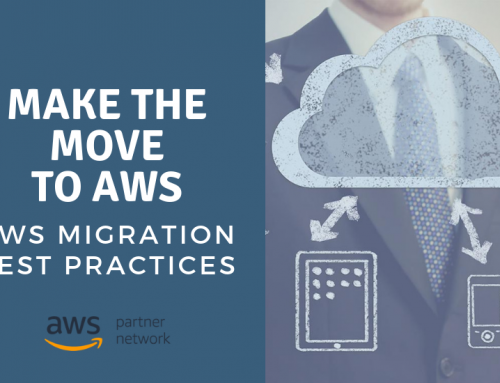
In a recent piece over on Network World, the writer talks about the “lift and shift” method of doing a migration to the cloud.
“Lift and Shift” traditionally is a fit for applications already running in the cloud or an existing virtualized environment that can be imaged and brought over “as-is” without major programmatic, configuration changes or application related changes. A “lift and shift” from a physical environment to a cloud certainly won’t allow an organization to leverage all the benefits the cloud has to offer, like auto-scaling, optimized database configurations, etc.
Further, a lift and shift migration doesn’t allow for operating system upgrades. A common use case for migrating workloads is to take advantage of performance gains and security features in newer operating system versions. This type of migration will typically require programmatic changes to the application stack to bring it in line with newer versions of the programming languages which run the software.
These types of migrations also limit the architectural changes which can be made for the application. Some more modern software development techniques consist of building smaller and more manageable software micro-services, which together form a cohesive application stack. This type of software design architecture allows for more options around hosting and scalability, such as Platform-as-a-Service (PaaS) environments as opposed to only Infrastructure-as-a-Service (IaaS).
A recent survey by Data Migration Pro and Experian Data Quality points to painful migration processes in terms of budget overruns and busted schedules. Key findings include the fact that despite 69 percent of respondents considered their migrations successful, less than half (46 percent) were delivered on time and barley a third (36 percent) were on budget.
Better to take a holistic view of the entire IT environment and see what make sense to move and how best make that move a success.
Identifying the applications that are a best fit, and low risk to migrate to the cloud is step one. Our approach is to “lift and shift” what we can, but that isn’t generally more than 30-40% of the servers in a physical environment. Doing a proper migration to leverage the full benefits of the target cloud environment requires much more than a traditional “lift and shift”. We’ve found a lot of people in the cloud adoption software and services industry promoting and proposing this “lift and shift approach”. It’s almost like a bait and switch, because expectations for budget, timelines and potential pain points aren’t set in advance. It’s only well into the project that change orders, timeline extensions, etc. are brought up.
Any migration project requires planning and expertise. That’s why so many organization have relied on WSM over the years. It’s what we do. It’s ALL we do. If you think we can help, let us know.
About WSM International
WSM International (https://www.wsmintl.com) is a specialized services and solutions integrator with a core focus on cloud and server migration, transformation, and DevOps services. WSM created the server migration services industry in 2003, and today is the largest specialized migration services provider in the world, having completed more migrations than all other competing service providers – combined.







